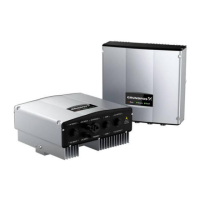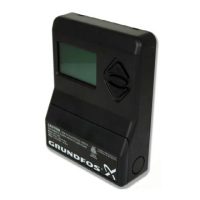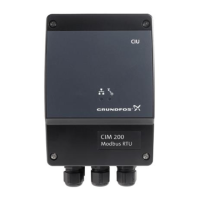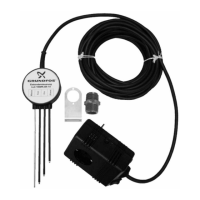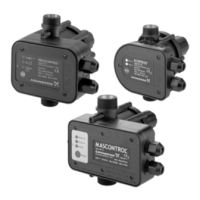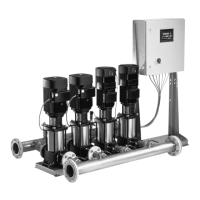1.
The ACC/DEC is too fast.
2.
The controller power is
too low.
3.
The load suddenly
changes or is abnormal
4.
The grounding is short
circuited.
1.
Increase the ACC/DEC time.
2.
Use an controller with greater power.
3.
Check whether the grounding or cable connection is short
circuited or whether the rotation is blocked.
The solar panel input voltage
is too high or the model is
380V but set to 220V.
1.
Reduce the serially connected solar panels.
2.
Check and reset the model.
1.
The power of the
connected solar panels is
too low or it is rainy and
cloudy.
2.
The starting current of
the motor is too high.
1.
Increase solar panels or test it again under normal sunlight.
2.
Replace the motor.
The sunlight is weak or too
few solar panels are
configured.
1.
The device automatically operates after the sunlight gets
stronger and no processing is needed.
2.
Check whether solar panels are properly configured.
The water pumping tank is
empty.
Check the water pumping tank.
The water storing tank is full.
If the water full alarm function is enabled, the device
automatically stops after the water full alarm remains for a
certain period.
If the water full alarm function is not enabled, check whether
there are terminal connections.
The water pumping tank is
empty.
If the water empty alarm function is enabled, the device
automatically stops after the water empty alarm remains for
a certain period.
If the water empty alarm function is not enabled, check
whether there are terminal connection.
8.2 Fault codes reset
When a fault appears and the GI SPC stops, the fault will auto
reset as per the reset time in the parameter P15.21.
Examine the cause of fault, perform the actions advised in
section 8.1 and reset the fault as instructed below.
•
A long (1 s) press on the Reset button on the keypad.
•
By reading the fault code on the keypad display and perform
the diagnoses
8.3 Fault history
The pump controller will record the four most recent fault
codes. Searching this information in P07.32 will help investigate
the fault cause. Fault information is stored together with
additional information in the fault history menu.
Check the fault cause thoroughly and remedy it
before resetting. If it cannot be reset or persists after resetting,
check the cause again as continuous resetting will damage the
pump controller.
8.4 LED Indications
Fig. 36 Display – LED Indications
Pump Controller is powered up in a
normal condition or in running state.
Pump controller is in alarm state.
Pump controller is in fault state.

